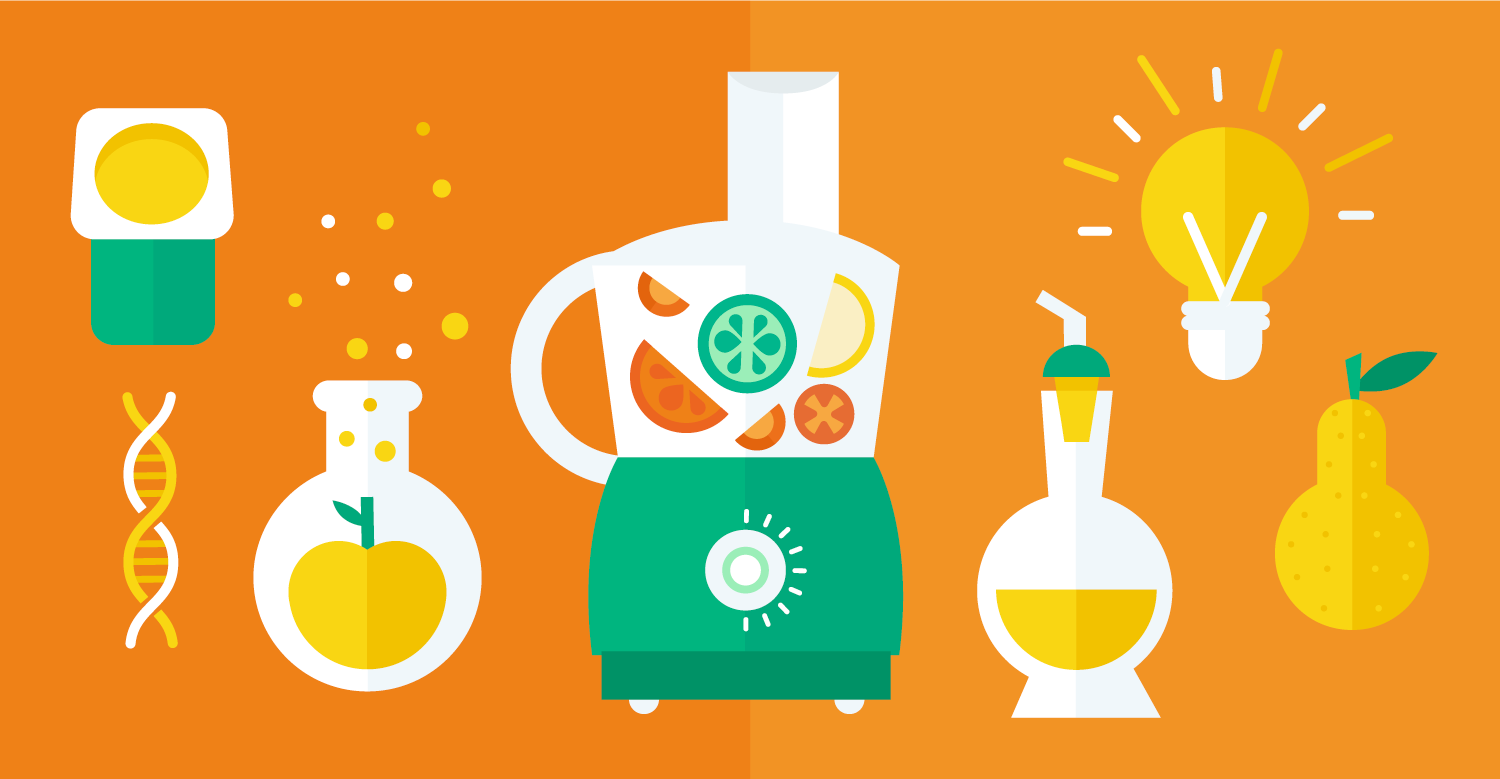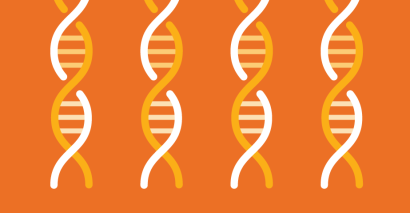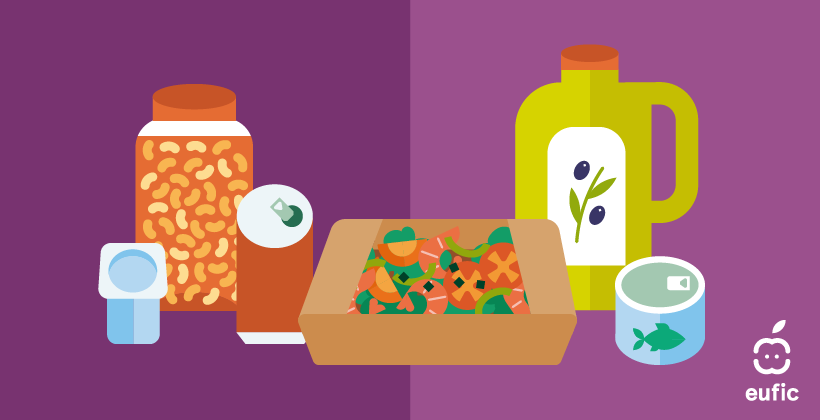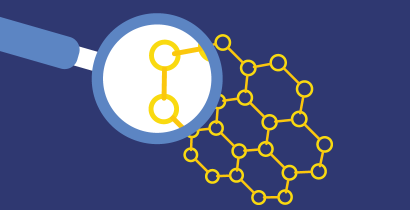Innovation in food

What are the latest developments?
Science and technology are used to develop new ways of producing, processing or packaging food, to make it safer, healthier, more nutritious or tastier.
Innovation in food also has an important role to play in tackling societal major challenges such as how we can ensure a sustainable yet plentiful food supply to feed a growing global population.



